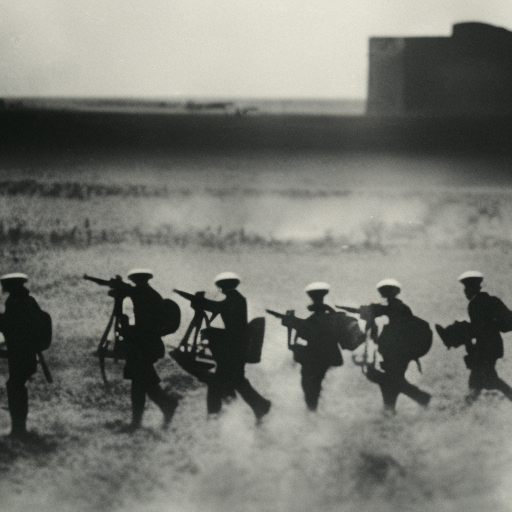Summary: Third Anglo-Dutch War
The Third Anglo-Dutch War was a conflict that took place between 1672 and 1674, primarily between the Kingdom of England and the Dutch Republic. It was part of a larger European conflict known as the Franco-Dutch War. The war was characterized by naval battles and land campaigns, and it ended with the Treaty of Westminster, which restored the pre-war status quo.
Causes of the War
The Third Anglo-Dutch War was primarily driven by economic and political rivalries between England and the Dutch Republic. The Dutch had emerged as a major maritime power and posed a threat to English trade and colonial interests. Additionally, the English were envious of the Dutch Republic’s wealth and sought to assert their dominance in European affairs. The war was also influenced by the larger conflict between France and the Dutch Republic, as England had formed an alliance with France.
Naval Battles
The war was characterized by several naval battles, with both sides seeking to gain control of the seas. The English navy, led by Admiral Michiel de Ruyter, launched a series of successful raids on Dutch shipping and ports. However, the Dutch navy, with its superior fleet and skilled commanders, managed to inflict heavy losses on the English. The most significant naval engagement of the war was the Battle of Solebay in 1672, where the English and Dutch fleets clashed off the coast of Suffolk. Although the battle was inconclusive, it demonstrated the strength of the Dutch navy and their ability to resist English attacks.
Land Campaigns
In addition to naval battles, the war also saw several land campaigns. The English launched an invasion of the Dutch Republic in 1672, known as the Rampjaar (Disaster Year). The Dutch faced significant setbacks and were forced to open their dikes to flood the countryside, effectively halting the English advance. The Dutch also received military support from their allies, including the Holy Roman Empire and Spain, which helped them regain lost territory. Despite initial English successes, the land campaigns ultimately favored the Dutch.
End of the War
The war came to an end with the signing of the Treaty of Westminster in 1674. The treaty restored the pre-war status quo, with both sides agreeing to return captured territories. The Dutch Republic emerged from the war relatively unscathed, while England faced significant financial and political challenges. The war had strained England’s resources and led to a loss of public support for King Charles II. The conflict also marked a turning point in Anglo-Dutch relations, as both sides recognized the need for peaceful coexistence and economic cooperation.
Impact
The Third Anglo-Dutch War had significant political and economic consequences. It marked the beginning of the end of English naval dominance and the rise of the Dutch Republic as a major European power. The war also highlighted the importance of naval power in international conflicts and led to advancements in naval technology and tactics. Additionally, the war had a lasting impact on Anglo-Dutch relations, as both countries sought to avoid future conflicts and focus on economic cooperation.
In conclusion, the Third Anglo-Dutch War was a conflict driven by economic and political rivalries between England and the Dutch Republic. It was characterized by naval battles and land campaigns, with both sides seeking to gain control of trade routes and colonial territories. The war ended with the Treaty of Westminster, which restored the pre-war status quo. The conflict had significant political and economic consequences, marking a shift in European power dynamics and shaping future Anglo-Dutch relations.












